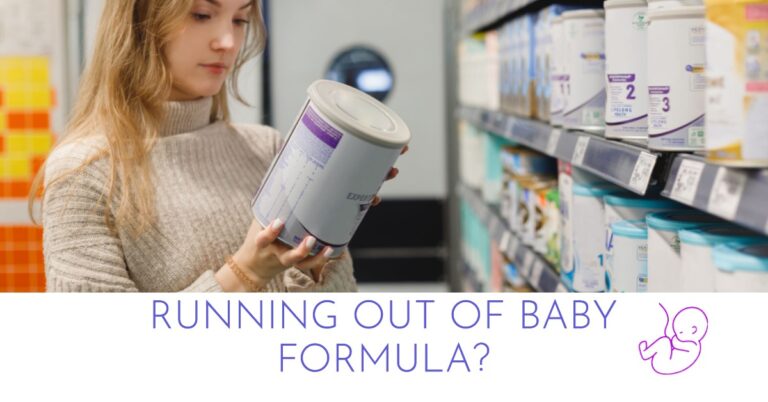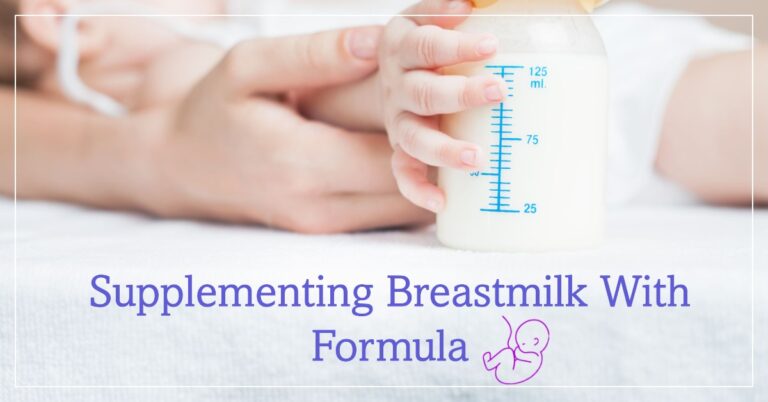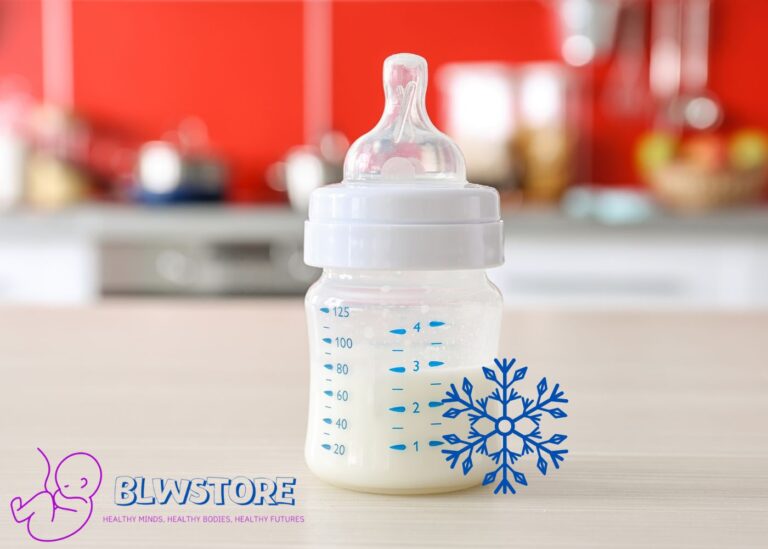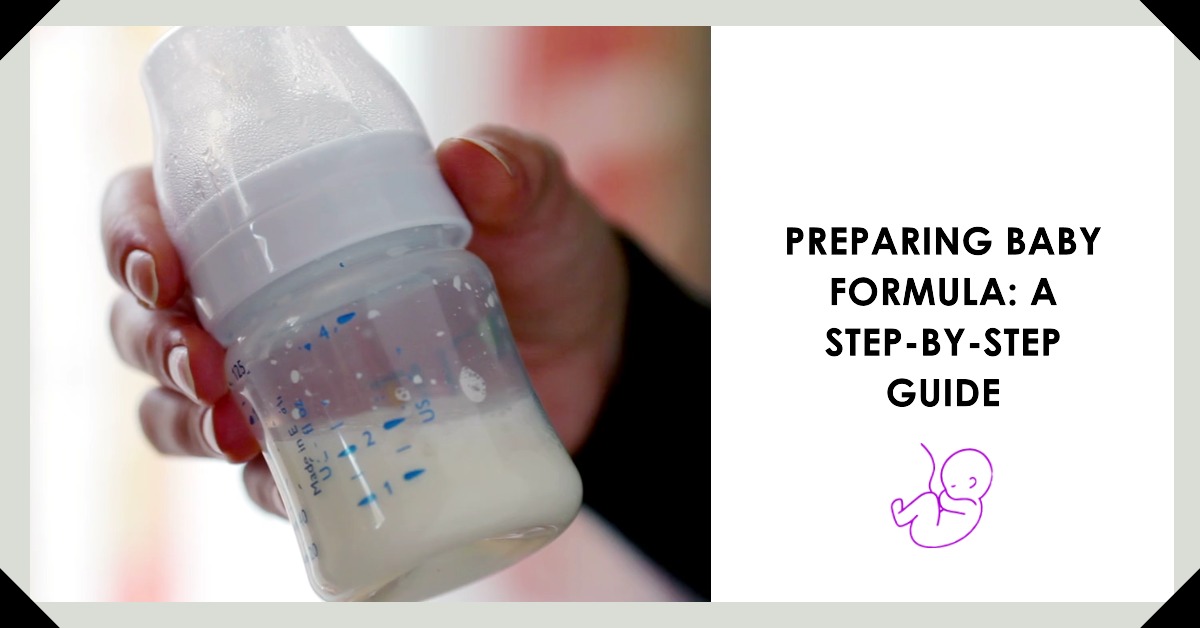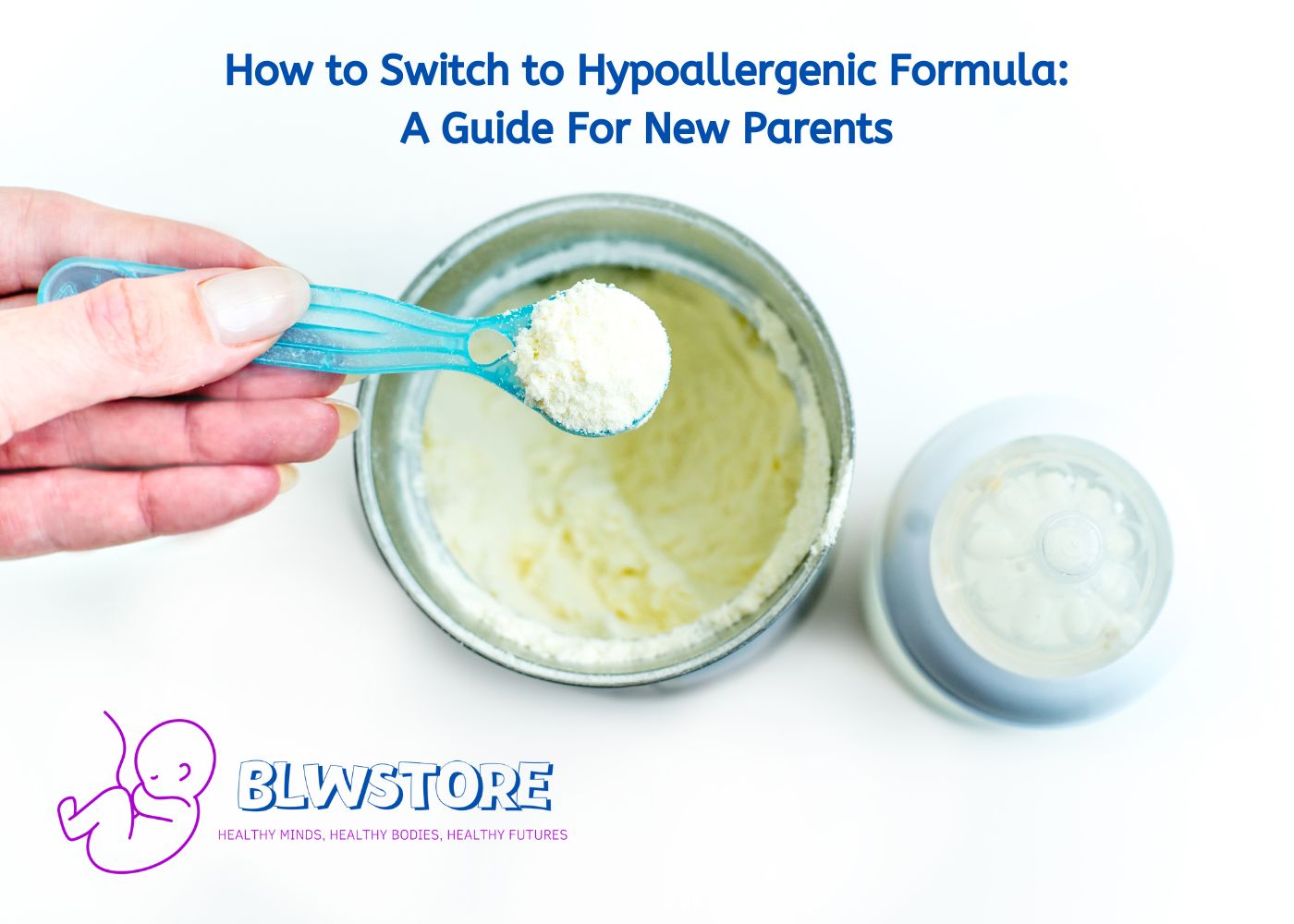
Key Takeaways
Hypoallergenic Formula: This is recommended for babies with cow’s milk protein allergies or sensitivities, lactose intolerance, GERD, Eosinophilic Esophagitis, failure to thrive, colic, frequent ear or sinus infections, or severe skin conditions like eczema.
Consultation with a Pediatrician: Always consult a pediatrician before changing your baby’s diet, as they can guide you through the process and monitor any potential side effects. Changing formulas should only happen under supervision.
Transitioning to Hypoallergenic Formula: Gradually introduce the hypoallergenic formula by mixing a small amount with your baby’s current formula. Increase the ratio over several days or weeks, depending on how well your baby tolerates the new formula. Some babies may transition directly without gradually introducing the new formula.
Monitoring Reactions: After switching formulas, it’s crucial to monitor your baby for any adverse reactions like skin rashes, hives, vomiting, and breathing difficulty. Minor side effects such as fussiness or digestive upset may resolve within a week.
Keeping a Feeding Journal: Record the date and time of each feeding and any symptoms like fussiness, gas, or diarrhea. This journal can help identify any patterns or underlying issues unrelated to the formula switch.
Patience and Persistence: Transitioning to a hypoallergenic formula can take time. It may take several days or weeks for your baby to adjust to the new formula.
Switching to a hypoallergenic formula can be a game-changer for babies with cow’s milk protein allergies or sensitivities.
In this comprehensive blog post, we will explore what hypoallergenic formula is, who should consider using it, and how to make the switch as seamless as possible for both you and your baby.
*Related: How to know if your baby does not agree with their formula
How To Switch To Hypoallergenic Formula
Consult with a pediatrician to determine if a hypoallergenic formula is necessary, seek guidance on transitioning, and monitor for side effects.
Gradually transition to the new formula, increasing the ratio over time or swap directly (if the pediatrician advises). Choose a good formula over focusing on the transition method. *Read: Best Hypoallergenic Formulas
Monitor for adverse reactions, including allergic symptoms. Some babies may take time to adjust, experiencing minor side effects.
Keep a feeding journal to track the baby’s reactions and identify any patterns or underlying issues unrelated to the formula switch.
1. Consult With A Pediatrician
Before making any changes to your baby’s diet, it is essential to consult with a pediatrician.
Your doctor can help you determine if a hypoallergenic formula is necessary for your baby and which type would be the best fit based on their symptoms.
Consulting with a pediatrician can also address all your questions and concerns.
They can provide guidance on how to transition from one formula to another properly, monitor for any potential side effects, and offer support throughout the process.
According to the American Academy of Pediatrics (AAP), switching formulas should only occur under a pediatrician’s supervision.
2. Gradually Transition To The New Formula
To minimize the risk of adverse reactions, it is essential to transition your baby gradually from one formula to another.
Here are some tips to make the switch as smooth as possible:
Mix a small amount of the new hypoallergenic formula with your baby’s current formula.
Gradually increase the ratio of hypoallergenic formula to regular formula over several days or weeks, depending on how well your baby tolerates the new formula.
If your baby shows signs of intolerance, such as fussiness or colic, slow the transition until they adjust to the new formula.
You could also swap directly without gradually transitioning.
That is what we would do if we were to transition to a hypoallergenic formula now.
It matters more to choose a good formula, than how you transition.
Read: Best Hypoallergenic Formulas
3. Monitor For Reactions
It is important to monitor your baby for any adverse reactions when switching to hypoallergenic formula.
Allergic reactions can range from mild symptoms, like skin rashes and hives, to more severe symptoms such as vomiting and difficulty in breathing.
Keeping track of changes in your baby’s behavior or discomfort is essential after switching formulas.
Sometimes, a few babies may take time to get used to the new formula, even if it’s hypoallergenic.
They might experience minor side effects like fussiness or digestive upset, which typically resolves within a week of using the new formula regularly.
If this happens, try soothing techniques like rocking or swaddling and feed smaller amounts at regular intervals rather than large meals less frequently.
4. Keep A Feeding Journal
It’s essential to keep track of your baby’s feeding when transitioning to a hypoallergenic formula.
A feeding journal allows you to monitor how your baby reacts to the new formula, noting any changes in their behavior or digestive patterns.
You can record the date and time of each feeding, including any symptoms such as fussiness, gas, or diarrhea.
Moreover, a detailed record will help determine if other factors could contribute to your baby’s discomfort.
For example, if they always get fussy after eating at a particular time of day regardless of the formula change may indicate another underlying issue unrelated to the formula switch.
Tips For A Smooth Transition To Hypoallergenic Formula
Be patient and persistent, seek support from other parents who have gone through the process, and consider special feeding techniques like upright feeding positions to help minimize colic and reflux symptoms during the transition.
Be Patient And Persistent
Switching to hypoallergenic formula can take time, and it’s important to be patient and persistent during the transition. It may take your baby several days or even a few weeks to adjust to the new formula.
If your baby has been displaying symptoms of an allergy or sensitivity, it’s essential that you give them enough time to respond positively to the hypoallergenic formula.
Remember that every baby is different, so what works for one infant might not work well for another.
Seek Support From Other Parents
Seeking support from other parents who have gone through the same experience can make a difference.
Hearing about others’ experiences with their babies’ reactions to different formulas can help you make informed decisions regarding your child’s feeding options.
Consider Special Feeding Techniques
Some babies may have difficulty feeding and digesting, even using hypoallergenic formula.
To help ease these issues, you can use special techniques during feedings.
For example, adjusting the baby’s position by holding them more upright or at a slightly inclined angle can reduce reflux and improve comfort while feeding.
Another technique is paced bottle feeding, which involves slowing down the pace of feeding to mimic breastfeeding and allow the baby time to digest properly.
This involves holding the bottle horizontally rather than vertically and allowing regular pauses for burping or resting before continuing to feed again.
These techniques can be especially helpful if your baby experiences fussiness or colic after eating.
Who Should Consider Switching To Hypoallergenic Formula?
The decision to switch to a hypoallergenic formula should always be discussed with a pediatrician, but it may be recommended in the following situations:
Cow’s Milk Allergy: This is the most common reason to switch to a hypoallergenic formula.
Lactose Intolerance: Some babies may have an intolerance to lactose, the sugar found in cow’s milk. While this is not as common in infants, those with it may benefit from a lactose-free or hypoallergenic formula.
Reflux or GERD (Gastroesophageal Reflux Disease): If a baby has severe reflux or GERD that is not managed well by other means, a doctor may suggest trying a hypoallergenic formula.
Eosinophilic Esophagitis: this is a chronic immune system disease that inflames the esophagus. Certain proteins, including those found in cow’s milk, can trigger it.
Failure to Thrive: If a baby is not gaining weight as expected, a pediatrician may suggest switching to a hypoallergenic formula to see if an underlying allergy could be the cause.
Colic: While the cause of colic is often unknown, some studies suggest that certain infants with colic might have an allergy or intolerance to cow’s milk proteins.
Frequent Ear or Sinus Infections: Evidence suggests that milk allergies can increase the risk of ear or sinus infections.
Atopic Dermatitis/Eczema: Infants with severe skin conditions like eczema may benefit from hypoallergenic formulas if these conditions are triggered or exacerbated by a food allergy.
What types of hypoallergenic formula are there?
Extensively or Partially Hydrolyzed Formula: The proteins in this formula have been broken down into smaller molecules, making them easier to digest and less likely to trigger an allergic reaction.
Amino Acid-Based Formula: This formula comprises individual amino acids, the building blocks of proteins. It is suitable for infants who cannot tolerate extensively hydrolyzed formula.
Soy-Based Formula: This formula uses soy protein instead of cow’s milk protein. However, some babies allergic to cow’s milk may also be allergic to soy.
FAQs
Can You Mix Regular Formula With Hypoallergenic Formula?
If you plan on transitioning slowly, the answer is yes; you can mix regular formula with hypoallergenic.
Always consult your pediatrician what’s the best approach, but generally speaking, you can mix them if you are following a gradual transition.
How Long Does Hypoallergenic Formula Take To Work?
Switching to hypoallergenic formula can work properly for a few days to a week. Every baby is unique, and their reaction time may vary depending on the severity of their allergy or sensitivity.
In some cases, you may notice an improvement in your baby’s fussiness and colic within a few feedings.
However, it may take up to two weeks before seeing any substantial improvements in more recognizable symptoms.
What Are The Side Effects Of Changing Baby Formula?
Changing baby formula can cause some side effects, though uncommon. Switching to hypoallergenic formulas may result in softer and more frequent bowel movements.
It is important to remember that any significant changes in feeding patterns for infants can also cause temporary discomfort such as gas, colic, and spit-up.
However, these symptoms should not last more than a few days.
Conclusion
Switching to a hypoallergenic formula can be a game-changer for babies with cow’s milk protein allergies or intolerances.
However, make sure that you talk to your pediatrician before making any important changes to your baby’s diet.
Remember, consistency and patience are the two most important skills as parents. If you have any further questions, we will be happy to help you, see you soon!
We’re Maria and Alberto, a married couple and educators who are nutrition enthusiasts. Even before we had kids, we were already crazy about nutrition.
We’d read scientific articles, watch videos from nutritionists, and spend hours listening to nutrition podcasts.
Today, we continue doing this, but in a different way, as we’ve learned to sift through the noise and trends. Nutrition, like any other field of knowledge, the more you read and learn, the more you develop a comprehensive understanding of reality, and that’s what has happened to us.
Before having our first child, we focused on learning everything we could about child nutrition, using the same techniques we had already employed, backed by our extensive knowledge in nutrition.
Our mission is to help other parents with their children’s nutrition, to help them become the best versions of themselves.
If we are what we eat and drink, which is absolutely true, let’s do it right!




